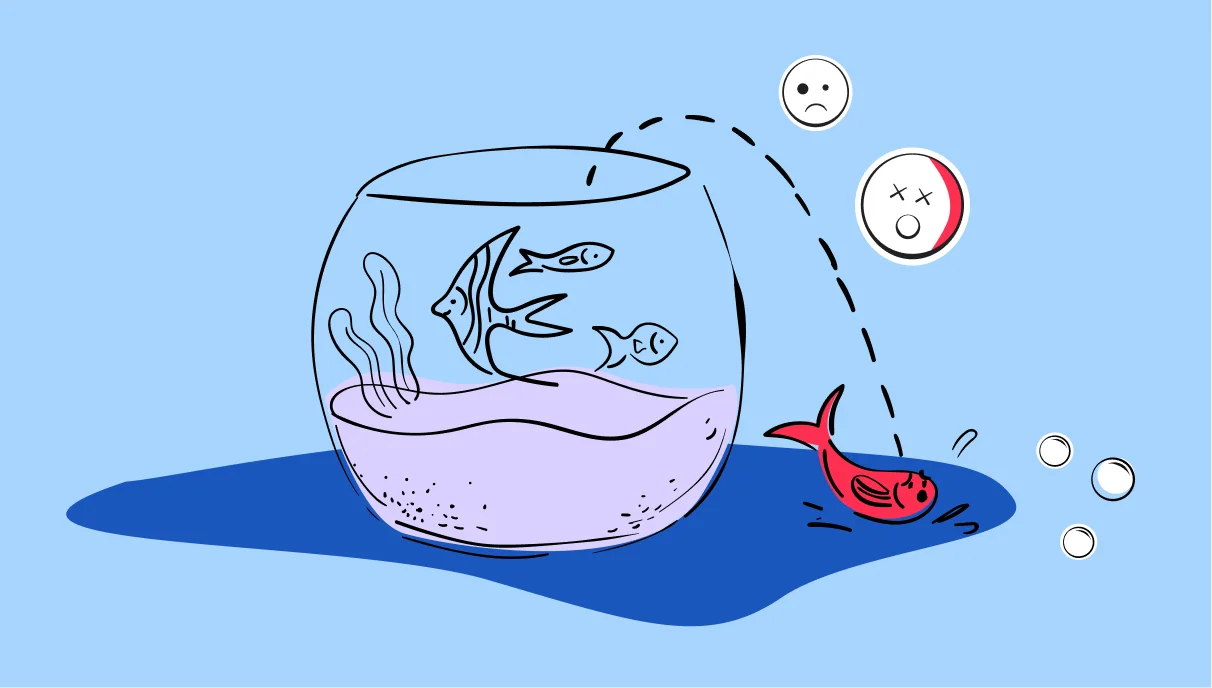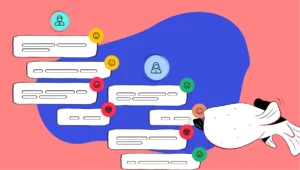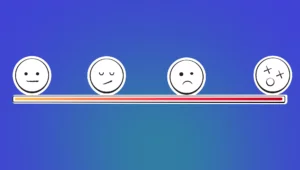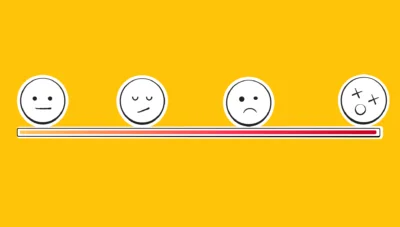What Is Customer Churn?
Customer churn is when customers or subscribers stop doing business with a company or service. It is a critical metric that companies track to understand the rate at which they lose customers over a specific period. This could manifest as canceling a subscription, closing an account, or choosing not to renew a service contract.
Understanding churn is essential for organizations as it directly impacts their revenue and growth prospects. The calculation of customer churn involves dividing the number of customers lost during a given period by the total number of customers at the beginning of that period. This helps identify trends in customer retention and attrition.
Why Is Customer Churn Important?
Customer churn is a vital indicator of a company’s health and long-term viability. A high churn rate can erode the customer base and, consequently, its revenue streams, making it difficult to achieve sustainable growth. It also serves as a barometer for customer satisfaction and loyalty, revealing whether a company is meeting its customers’ needs and expectations.
By understanding the reasons behind customer departures, companies can implement targeted strategies to improve their products or services, enhance customer experiences, and ultimately reduce churn rates. Reducing customer churn is cost-effective compared to acquiring new customers. Studies have shown that acquiring a new customer can be five times more expensive than retaining an existing one.
By focusing on decreasing their churn rate, organizations save on acquisition costs and boost their profitability. Loyal customers tend to spend more over time, contributing to a steady increase in revenue.
5 Causes of Customer Churn
There are several factors that can lead to customer churn:
- Inappropriate pricing: If prices are set too high compared to the perceived value or competitive offerings, customers may look for alternatives that offer better value for their money. Similarly, prices set too low might lead to doubts about quality or sustainability, pushing customers towards competitors perceived as offering higher value.
- Poor product fit: A product or service might fail to meet the expectations or needs of its target audience. This misalignment can stem from various factors, including inadequate market research, misunderstanding customer requirements, or rapid changes in consumer preferences.
- Competition: When competitors offer similar products or services at lower prices, or with additional features, customers may be tempted to switch brands. This competitive pressure forces companies to continuously innovate and improve their offerings to retain customers.
- Lack of support: When businesses fail to provide adequate support, whether through customer service, technical assistance, or user guidance, customers are likely to become frustrated. This frustration can drive them to seek alternatives where they believe their needs and concerns will be addressed.
- Misalignment with the target audience: Difficulty in understanding the customer’s needs can result in misaligned offerings. Incorrect assumptions about customer preferences, demographics, and behaviors lead organizations to develop products or services that fail to satisfy customers.
How to Calculate Customer Churn
To calculate customer churn, organizations need to determine the total number of customers at the start of a given period and the number of customers who have left by the end of that period. The churn rate is calculated by dividing the number of lost customers by the total number at the start, then multiplying by 100 to express it as a percentage.
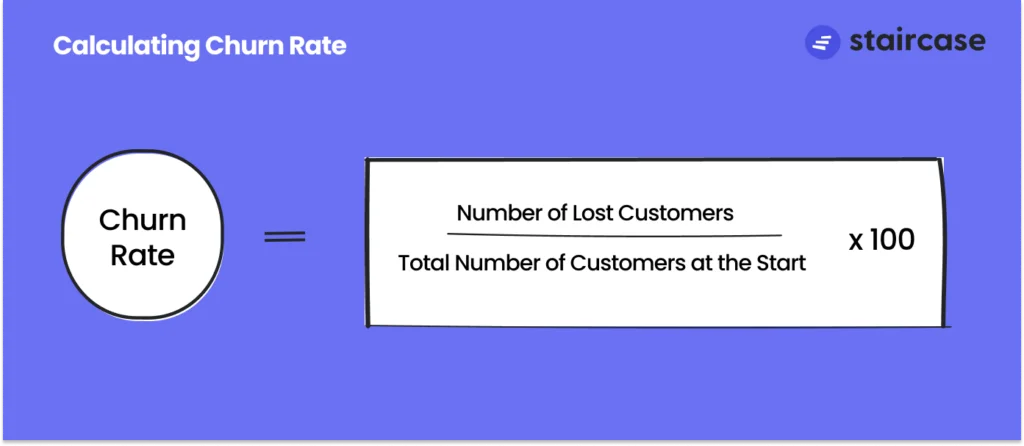
For more accurate insights, companies may choose different periods for calculation, such as monthly, quarterly, or annually, depending on their business model and sales cycle. Segmenting churn rates by product line or customer demographics can provide deeper understanding into areas that may require targeted retention strategies.
Customer Churn Analysis and Measurement Methods
Here are some of the ways that organizations evaluate customer churn:
- Operational and experience insights: By analyzing operational data such as purchase frequency, customer service interactions, and usage patterns, organizations can detect early warning signs of dissatisfaction or disengagement. Coupled with experience data gathered from surveys, Net Promoter Scores (NPS), and customer feedback channels, companies gain a comprehensive view of the customer journey.
- Conversation analytics: This provides an understanding of customer sentiments, preferences, and pain points by analyzing communications across various channels. Natural language processing and machine learning technologies can sift through emails, chat transcripts, social media interactions, and call recordings to extract insights.
- Relational feedback: This involves systematic collection and analysis of customer opinions about their overall relationship with a company, beyond single transactions or interactions. This type of feedback provides insights into the customer’s long-term satisfaction and loyalty through surveys, interviews, or focus groups.
- Transactional experience measurement: This focuses on evaluating customer satisfaction at specific interaction points, such as making a purchase or receiving customer support. It helps pinpoint areas within individual transactions that may contribute to customer churn. By analyzing data from these key moments, companies can identify patterns of dissatisfaction or delight, enabling them to replicate successful interactions and address areas needing improvement.
- Competition analysis: By examining competitors’ pricing, product offerings, marketing strategies, and customer service practices, companies can identify areas where they lag behind or excel. This helps to pinpoint unique selling propositions (USPs) and areas for improvement.
- Customer segment analysis: This approach divides the customer base into groups sharing similar characteristics, behaviors, or needs. It enables companies to tailor their marketing strategies, product development efforts, and customer service approaches to match the requirements of each segment.
Learn more in our detailed guide to churn analysis
How to Reduce the Customer Churn Rate
Here are some of the ways that organizations can improve their customer retention strategy and reduce customer churn.
1. Enhance the Customer Onboarding Process
The onboarding process should ensure that new customers understand and find value in a product or service from the outset. Educate customers about how to use the product to improve their initial experience. This involves clear communication, step-by-step guides, and accessible resources that help customers achieve early wins with the product.
Personalizing the onboarding experience can also help in preventing churn. Tailoring onboarding materials to address specific customer needs shows a commitment to their success with the product. Interactive elements such as walkthroughs, tutorials, and direct support options can engage customers. Personalized follow-up communications help ensure the customer feels valued.
2. Improve the Product’s Quality
Continuous investment in enhancing the quality of offerings helps exceed customer expectations, leading to higher satisfaction rates. This involves regular updates based on technological advancements, feedback incorporation from users, and quality assurance processes.
High-quality products or services foster trust and reliability in a brand, encouraging customers to stay longer and reducing the likelihood of them switching to competitors. By demonstrating a commitment to continuous improvement, companies can improve their reputation and build a loyal customer base.
3. Offer Proactive Customer Service
Proactive customer service involves anticipating and addressing customer needs and issues before they escalate, enhancing the customer experience. It requires an understanding of the customer journey to identify potential pain points and intervene in a timely manner.
Implement proactive measures such as regular check-ins, personalized advice based on usage patterns, and provide preemptive support to improve satisfaction. By ensuring that customers feel valued and supported at every stage, companies can foster stronger relationships, increase loyalty, and minimize the likelihood of customers seeking alternatives.
4. Leverage Customer Feedback
Start by systematically gathering, analyzing, and acting on feedback across all customer touchpoints, including post-purchase surveys, social media interactions, and support ticket comments. This helps identify common issues or areas for improvement that may not be evident from internal analyses alone.
Implementing changes based on customer feedback demonstrates a commitment to meeting their needs and expectations. When customers see their suggestions being taken seriously and leading to tangible improvements, it builds trust in the brand. Regularly updating customers on how their input has shaped product or service enhancements can reinforce a positive image.
5. Pay Special Attention to High-Value Customers
The most profitable customers, often referred to as VIPs, contribute significantly to a company’s revenue and have a high lifetime value. Tailoring services, offers, and communication to meet their needs can make them less likely to switch to competitors. This may include offering exclusive access to new products, personalized discounts, or dedicated support services.
Implement a structured program to identify and nurture high-value customers. This allows better allocation of resources towards retaining these key accounts. Regularly analyze customer data to pinpoint who these valuable customers are based on their purchase history, engagement levels, and feedback.
6. Leverage Predictive Analytics and Machine Learning
These technologies analyze vast amounts of data to identify patterns and signals that may indicate a customer’s likelihood to leave. Use predictive analytics tools to identify at-risk customers based on factors such as engagement levels, purchase history, and support interactions.
This foresight enables targeted intervention strategies, such as personalized offers or outreach efforts, aimed at retaining these customers. Tools based on machine learning can continuously improve over time, enhancing their accuracy in predicting churn. As these models are exposed to more data, they adjust to better recognize the complex behaviors that signal a risk of churn.
Learn more in our detailed guide to customer churn rate
Reduce Customer Churn with Staircase
Staircase AI’s customer intelligence platform uses the power of AI to predict and prevent customer churn. With Staircase AI:
- Identify churn risks early: Analyze customer signals to detect early warning signs of potential churn, allowing you to take proactive measures before it’s too late.
- Understand root causes: Gain in-depth analysis of why customers are churning, revealing the underlying reasons and pain points driving churn.
- Personalized interventions: Use insights into individual customer behavior and preferences to craft personalized retention strategies and targeted interventions to retain at-risk customers.
- Prioritize high-value customers: Identify and prioritize high-value customers who are at risk of churning, ensuring your retention efforts are focused on the most valuable segments.
- Continuous monitoring: Continuously monitor customer data and behavior, providing real-time updates on churn risks and enabling you to respond quickly to changing customer dynamics.
Staircase AI’s AI-driven customer intelligence platform offers a comprehensive solution for predicting, understanding, and preventing customer churn, ultimately helping you retain more customers and drive revenue growth.
